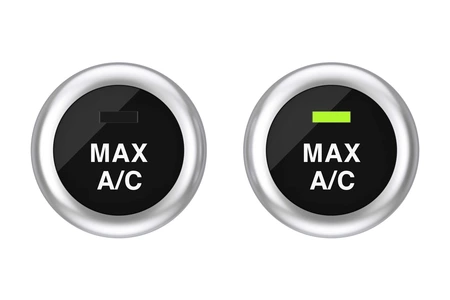Winter weather can be really rough on your car’s battery, and the summer heat is even worse. Hotter temperatures have a larger impact on the chemistry that generates power inside your battery than cold temps. In only one year, AAA reported that they received 1.8 million battery-related service calls in the summer months. According to their report, car batteries typically last from three to five years. The life span is typically from 58 months or more in the furthest northern regions of the U.S., down to less than 41 months in the most southern areas.
Do you wonder why? It’s the HEAT!
By driving up the heat under the hood, hot summer temperatures pose a greater threat to battery life. This excessive heat is the beginning of battery failure. As a result, many motorists wind up stuck on the roadside in the summer heat.
During the hot summer months, drivers need to be proactive about checking, servicing, and replacing batteries. In order to do this, I have listed some tips below that can keep you from burning up over your battery this summer.
- Schedule a check-up for your car: Take your vehicle to your preferred mechanic for the usual oil change, fluid check, and tire check. Don’t be among the two-thirds of Americans who've never had their car battery tested, ask your garage to do that too.
- Have the mechanic check the battery’s charge, the condition of the terminals, and how securely it’s mounted in the engine bay. You want to be sure the electrical system is charging at the correct rate; overcharging can damage a battery as quickly as undercharging.
- Have your car battery load tested annually if it is 2 years + old and if you live in a warmer climate or after it's 4 years old if you live in a colder climate. Doing this will test its ability to hold voltage while being used. The results will let you know when it’s time to start shopping.
- Determine your battery’s age: The battery’s age should be considered if you are experiencing issues and are considering a replacement. The manufacture date can be found on the sticker on the top or side of the battery. A battery made in October 2018 will have a numeric code of 10-8 or an alphanumeric code of K-8. “A” is for January, “B” is for February, and so on (the letter “I” is skipped).
- Top off your battery: If you have a battery type that needs to be topped off, check it regularly, especially in hot weather. Add distilled water when necessary.
- Clean the top of the battery: Dirt becomes a conductor and will drain battery power. As corrosion accumulates on battery terminals it becomes an insulator, inhibiting current flow.
- Drive your car: Avoid leaving your vehicle parked unused for long periods of time. If you are not going to drive your car for a while at least crank it and let it run idle.









